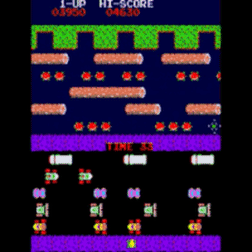 Spurred by a common question from several agencies, the Nevada LTAP reached out to our national LTAP network for answers to the question: What guidance is available for workers who need to enter or cross roadways for very short-term activities, such as placing a traffic counter or getting the invert elevation of a storm drain?
Spurred by a common question from several agencies, the Nevada LTAP reached out to our national LTAP network for answers to the question: What guidance is available for workers who need to enter or cross roadways for very short-term activities, such as placing a traffic counter or getting the invert elevation of a storm drain?
If a lane is closed to divert traffic from the roadway activity (“taking a lane”), setting up traffic control to close the lane can often times take significantly more time than the actual activity. What help is there for the worker who has to dash onto the roadway?
In urban areas where traffic volumes fluctuate, Iowa LTAP Technical Training Coordinator Paul Albritton says, “…we would wait until rush hour was over and traffic had calmed prior to attempting to work in these areas.” This approach would reduce the amount of traffic conflict in non-emergency situations.
If entry into a travel way is near a signalized intersection, a signal technician could hold the signal on red for a brief period. Once the work is complete, the technician returns the signal to its regular operation.
Wisconsin LTAP Director Ben Jordan provides a Work Zone Safety flipbook to field people that work in and around traffic. An example of temporary traffic control for surveying activities is shown on page 28 of the flipbook.
From the Connecticut Technology Transfer Center, Tony Lorenzetti offered a PowerPoint presentation that was used for “Traffic Control Strategies for Short-Term, Short-Duration, and Mobile Work Zones”. Tony also reminds us that the American Traffic Safety Services Association (ATSSA) periodically holds classes in temporary traffic control for utility operations.
Regardless of the guidance, we all have to maintain our situational awareness when we are in or around traffic. Be safe.

